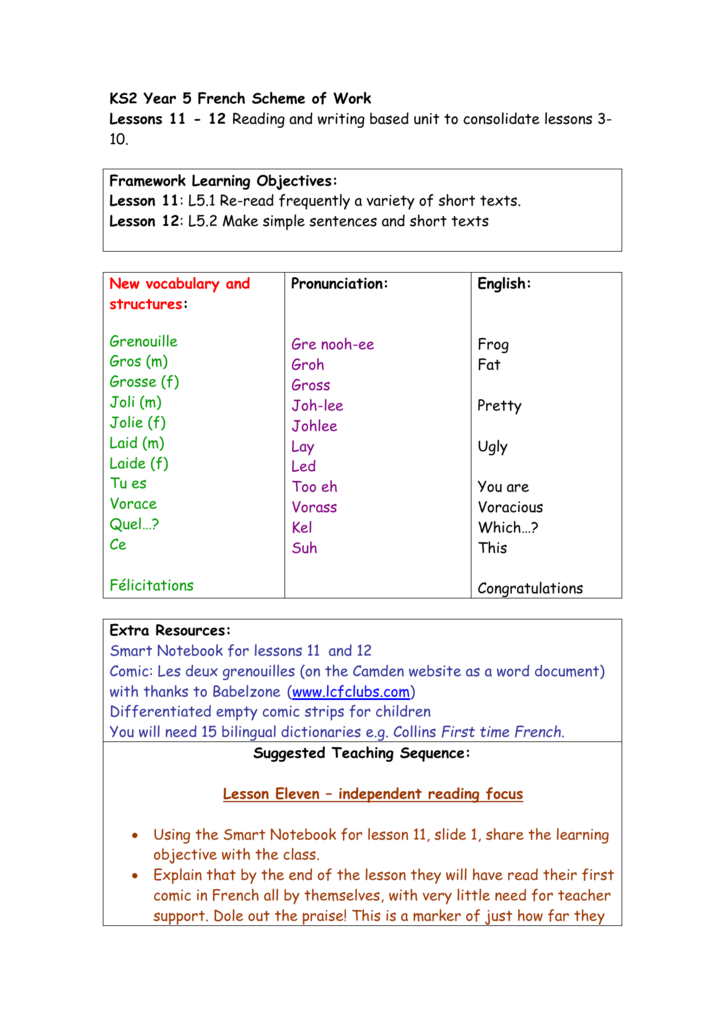

Print out several copies of the Red-Eyed Tree Frog photograph (enough for a small group of students to share) and cut each photograph into several pieces.Students use spoken, written, and visual language to accomplish their own purposes (e.g., for learning, enjoyment, persuasion, and the exchange of information). Students participate as knowledgeable, reflective, creative, and critical members of a variety of literacy communities.ġ2. Students use a variety of technological and information resources (e.g., libraries, databases, computer networks, video) to gather and synthesize information and to create and communicate knowledge.ġ1. They gather, evaluate, and synthesize data from a variety of sources (e.g., print and nonprint texts, artifacts, people) to communicate their discoveries in ways that suit their purpose and audience.Ĩ.

Students conduct research on issues and interests by generating ideas and questions, and by posing problems. Students employ a wide range of strategies as they write and use different writing process elements appropriately to communicate with different audiences for a variety of purposes.ħ. Students adjust their use of spoken, written, and visual language (e.g., conventions, style, vocabulary) to communicate effectively with a variety of audiences and for different purposes.ĥ. They draw on their prior experience, their interactions with other readers and writers, their knowledge of word meaning and of other texts, their word identification strategies, and their understanding of textual features (e.g., sound-letter correspondence, sentence structure, context, graphics).Ĥ.

Students apply a wide range of strategies to comprehend, interpret, evaluate, and appreciate texts. Among these texts are fiction and nonfiction, classic and contemporary works.ģ. Students read a wide range of print and nonprint texts to build an understanding of texts, of themselves, and of the cultures of the United States and the world to acquire new information to respond to the needs and demands of society and the workplace and for personal fulfillment. Such books, coupled with Clarke and Whitney’s framework, help students to understand, visualize, and empathize with someone else’s struggles.ġ.
#DO SMART NOTEBOOK 11 LESSONS WORK IN NEW VERSION HOW TO#


 0 kommentar(er)
0 kommentar(er)
